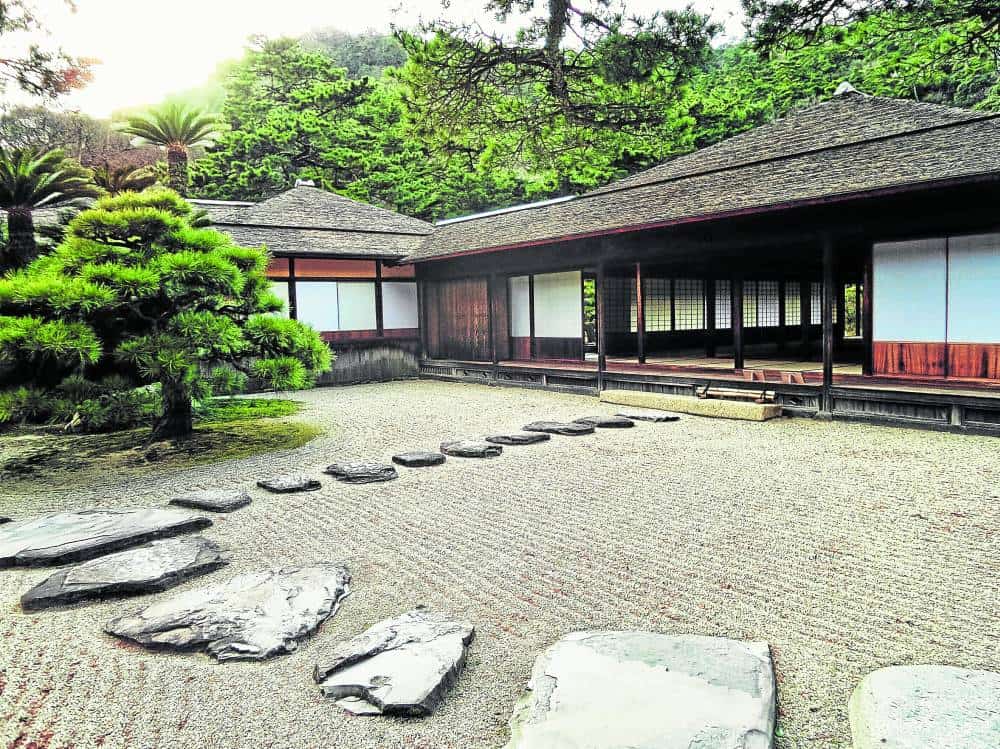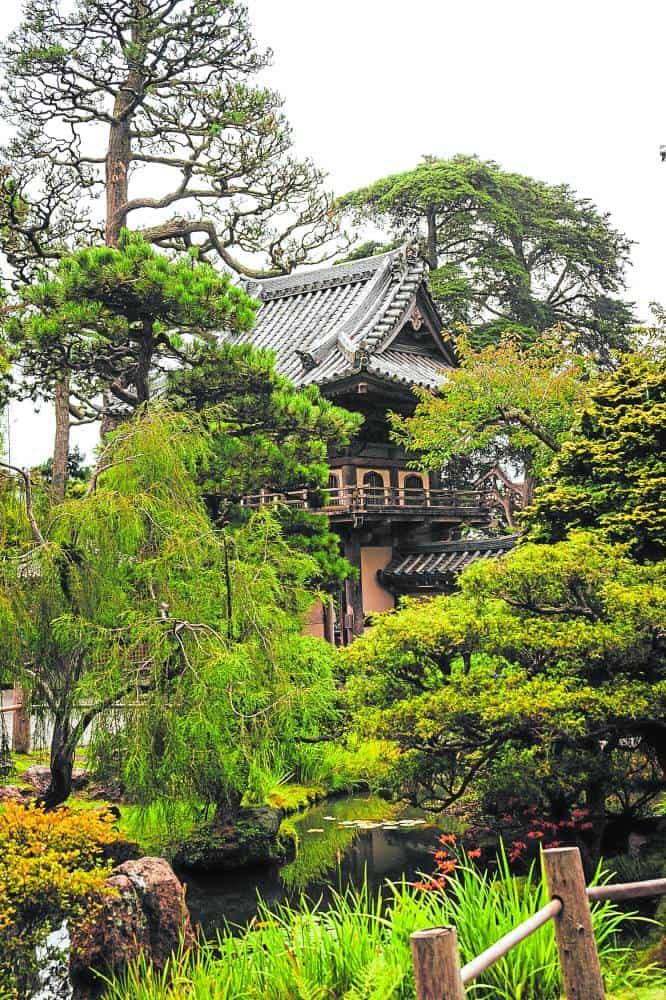
The Japanese have always been admired for their sense of style.
From art to architecture, their creations are often simple and raw, yet eye-catching and captivating. Especially in architecture, they always seem to convey profound meanings in their built works.
What is it about Japanese creations that mesmerize us? Apparently, the philosophies behind their masterpieces have been developed over centuries of their country’s history. Let’s take a look at these beliefs and see how they form the foundation of Japanese architecture.
Beauty in the imperfect
Molded by principles rooted in Shintoism and Buddhism, the Japanese understand well that nothing in life is perfect. In fact, they celebrate this idea with the concept of Wabi-Sabi, or finding beauty in an imperfect situation.
Wabi alludes to an appreciation for the imperfect, while Sabi refers to a preference for something that is “aged.” In architecture, these two concepts are reflected in the simplicity of Zen gardens and minimalism of Japanese traditional homes. Rather than fill structures with gaudy decorations, Japanese designers emphasize light and shadows in an empty space. For them, this method allows the room to become infused with a sense of mystery and depth “superior to any wall painting or ornament” (Tanizaki).

Refined elegance
In contrast to simple aesthetics, some Japanese creators prescribe to the opposite end of the design spectrum—the Miyabi.
Leaning toward more traditional ideals of beauty, Miyabi loosely translates to “refinement” or “courtliness.” This usually refers to an appreciation for aristocratic tastes rather than simple pleasures in life. The concept, however, is related to the idea of “Mono no aware” or the Pathos of Things, which derives beauty from the transience of things.
Thus, Miyabi dictates that beauty can be found in things evoking the aging of nature. Followers of this style shun the idea of over-decoration because it makes objects lose their capacity to evoke feelings. Quality is prioritized over embellishments based on the Miyabi. Things that reflect years of existence exude strength, endurance and a remarkable history.
While rooted in the Heian period (794-1185), Miyabi continues to be seen in Japan’s modern skylines. High-rise structures in the country often exhibit strength over opulence. Homes are built to endure as “assets of people, towns and time.”
This latter observation is applicable to homes such as those built by the Nomura Real Estate Development group, which focuses on permanence. They create homes and communities that aim to withstand the test of time through the use of quality materials, well-thought-out designs and long-term urban planning.

Cut from the distractions
Kire, or the idea of “cut-continuity,” is basically rooted in the teachings of the Zen master Hakuin. The master teaches that to be able to see profoundly, one has to “cut off the root of life.”
In landscape architecture, this is most evident in the creation of a “dry landscape” (karensansui) that is isolated from the rest of the land. An example of this is the rock agarden at Ryōanji in Kyoto. This tourist attraction features 15 rocks isolated from each other on a bed of moss and white gravel. They represent mountainous islands emerging from a tranquil sea. These rock gardens celebrate impermanence and a renewed appreciation for life.
Exceptional quality
Overall, Japanese architecture and design are anything but shallow. Every line on the façade and every space in a building unconsciously follow a sense of style rooted in centuries’ worth of philosophies and traditions.
Perhaps, as outsiders, we will not be able to fully comprehend the beauty that lies beneath the surface of materials created by Japanese makers. Those that we are able to grasp, however, are already enough for us to understand the beauty of their culture and appreciate everything that they have contributed to the world of design.
Sources: Enric Cruz López, Pixabay via Pexels.com; www.toki.tokyo; Tanizaki, Jun’ichirō, 1977, In Praise of Shadows; Parkes, Graham and Adam Loughnane, “Japanese Aesthetics”, The Stanford Encyclopedia of Philosophy (Winter 2018 Edition)
Or in case you haven’t subscribed yet to our newsletter, please click SUBSCRIBE so you won’t miss the daily real estate news updates delivered right to your Inbox.
If you like this article, share it on social media by clicking any of the icons below.
The article was originally published in Inquirer and written by Ar. Vittoria Mawis-Alliston.







More Stories
Weekend wanderer: This walk in Manila is a trip to art and to our past
Enjoy no-frills camping in the great outdoors in Tanay
Landco Pacific raises the bar for premium resort and leisure living